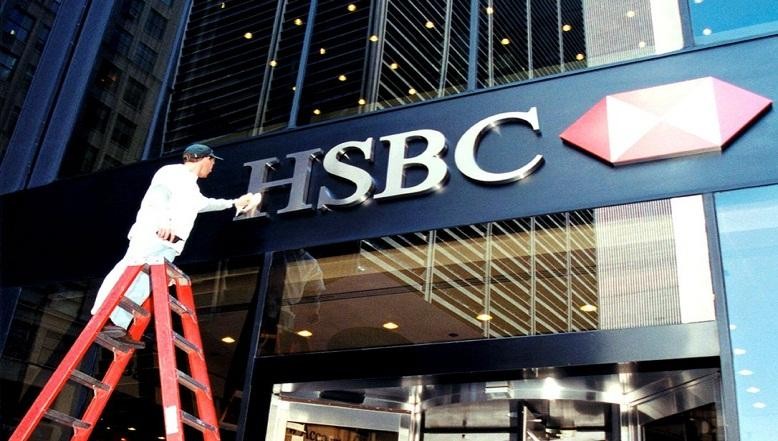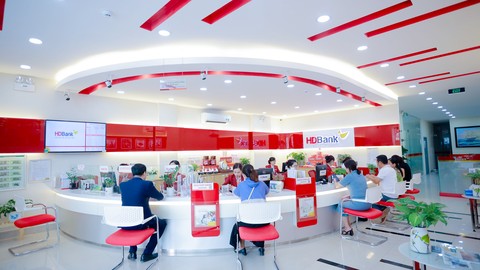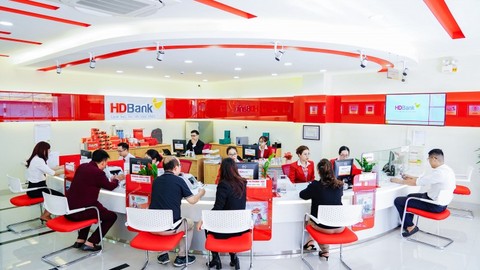
On 14 March, two significant events became hot topics on the internet, especially for those whose interests are staying updated of the new technology trends. The first was the introduction of ChatGPT-4, the successor of ChatGPT - the chatbot that had just caught the public attention. The new model is said to be much better and smarter than its predecessor, lifting users' experience in many exciting ways thanks to its ability to understand much more nuanced queries as well as humor and pay more attention on the feelings of the users instead of answers in a less emotional manner. In addition, ChatGPT-4 can process up to 25,000 words at a time (eight times more than ChatGPT), it also can understand images and comprehend other non-English languages much better, and it is more likely to turn down sensitive topics.
Also on March 14, Ann - Vietnam's first "virtual" female singer debuted with the MV "How to say I love you". This is a product of artificial intelligence (AI) technology which aims to build a virtual idol model who is forever young, never-aging and scandal-free. Although Ann's appearance and voice are still receiving mixed opinions, her presence is a testament to the huge potential application of AI.
In just a few days after, the competition in the tech world has become more exciting than ever when such giants as Google or Microsoft announced their plans to integrate AI tools into billion-user platforms such as Workspace suites (Docs, Sheets, Slides, Meet and Chat) and 365 suites (Word, Excel, PowerPoint, Outlook, and Teams). Noone wants to stay behind this hot trend.
The rise of generative AI
Until recently, most of the focus has been on predictive machine learning models, now there has been a surge in interest in generative AI models. As DALL-E, which produces images from text, and ChatGPT, which produces text via a chatbot interface have made a big influence on public mindset, the buzz they created has lured more tech companies of all sizes joining the trend, building their own equivalent generative models.
Probably, the reason for this technology to suddenly gain such prominence is not because of the invention of the new techonology but the way it's dispersed throughout the population. Indeed, it's the ability for the non-technical audience who need not to be tech-savvy (coders for example) to use the new technology. Now anyone who knows how to use a website can start a conversation on almost everything with ChatGPT.
With great prominence come great opportunities for new technology like AI to be adopted in various sectores inlcuding education, medicine, healthcare, retail, and entertainment in the case of Ann the virtual idol. Against this backdrop, many bankers may wonder if generative AI could be used for business purposes. What the adoption of AI in banking sector which is usually considered to be "conservative" for its strict rules will be like?
In retail banking and wealth management, generative AI is used mostly to produce synthetic data to train models behind Know-Your-Customer (KYC) processes, making them more efficient. The technology can also power natural language models to fine-tune virtual assistants (voicebot or chatbot) to enhance customer experience.
In wholesale banking, generative AI is likely to speed up back-office tasks like answering performance questions in real time. It may also help train algorithms with scenario analysis under various economic conditions.
Beyond business, generative AI is also adopted in anti-fraud, helping to detect anomalous and fraudulent transactions. The top use case of generative AI in banking is Generative Adversarial Network (GAN) model based on deep machine learning. Being the famous algorithm behind the articially created painting Edmond de Bellamy which was sold at $432,500 in 2018, it's a powerful tool for generating artificial datasets that are indistinguishable from real ones. Therefore, it's used to produce synthetic transactions which will be then compared to the genuine data to develop sensitivity for GAN to identify anomalous transactions. The more GAN is trained, the better it gets to become a significant application of generative AI for financial services sector to deal with fraud thanks to its capability of screening an enomous number of transactions.
GANs can also assist banks in establishing a risk management plan as it is possible to calculate value-at-risk estimations that show the potential amount of loss in a particular period of time or to create economic scenarios that are useful for predicting the future of financial markets. Based on historical data model, GAN helps us see the possibilities of future volatility.
Metaverse – the trend is still hot
Just about a year before ChatGPT is shaking the internet, media headlines were dominated by news about Facebook changing its name to Meta to reflect the company's ambition to build a metaverse. It is expected to be the immersive internet of the future and still a work in progress, its potential is enormous. Research and consulting firm Gartner expects that by 2026, a quarter of the world's population will spend at least an hour a day in a metaverse for work, shopping, education, social media, and/or entertainment. According to a JLL survey of over 1,000 decision makers worldwide, 73% of companies are planning to introduce VR immersive meetings over the next three years.
 |
Phillip L. Wright, COO, HSBC Vietnam |
Many sectors have moved to the metaverse worldwide and banking is in, too. Similarly, branding is emerging as the most popular way to gain virtual customer engagement. In March 2022, HSBC purchased a LAND in the Sandbox metaverse joing other big brands including Gucci, Warner Music Group and Adidas. This real estate is part of of 166,464 LANDS that take the form of NFTs (non-fungible tokens) - certificate of ownership of digital assets on metaverse. In 2021 alone, the value of NFT sales reached almost 25 billion USD, compared to just 94.9 million USD the year before. Purchasing the LAND will help HSBC create innovative brand experiences for new and existing customers.
Moreover, banks are also exploring how to bring their existing real world businesses into the virtual world. For example, in February 2022, JP Morgan purchased a plot in Decentraland metaverse and set up its Onyx Lounge, facilitating foreign exchange, international payments, trade, etc. They aim to address online problems such as account validation, transaction status, fraud prevention, just like in real world, their idea is that that one day customers can open an account, deposit or apply for a mortgage inside the metaverse. JP Morgan wants to explore 1 trillion USD worth of yearly opportunities in this new market.
Eventually, as the metaverse attracts more users, the need for a trusted payment network in the metaverse could grow. This is also an opportunity for banks and Fintech companies to explore.
Some issues to watch
The new technologies come with both great opportunities and challenges. Generative AI can raise concerns around reliability and accuracy of the content. Google had a big lesson when its new chatbot called Bard made a factual error. It said that James Webb Space Telescope snapped “the very first image of a planet outside our solar system", in fact it should be the European Southern Observatory's Very Large Telescope (Western Europe observatory) in Chile. That day, Alphabet (Google's parent company) experienced an 8% drop in its share price.
In the metaverse, there are still open questions about how banks conduct KYC and customer identification. Similarly, how can customers confirm that they are dealing with legitimate financial institutions? On product side, most sales processes and products are governed by local market rules. How can it be enforced in the metaverse? For example, a bank teller or financial advisor in France can try selling an UK financial product for an Italia-based customer in the metaverse. This situation can cause so much headache for the regulators if they don't want to miss any opportunity from the digital world.
Conclusion
Obviously, new technologies like generative AI or metaverse have many potential applications for businesses, including banks. They come with both opportunities and challenges. I believe that the risks can dissipate as the industry matures while regulations evolve and public awareness is improved. At this stage, we should be ready to embrace the trend which should be cautiously considered because noone wants to miss the real opportunity coming from the virtual world.
The article is written by Phillip L. Wright, COO, HSBC Vietnam



















